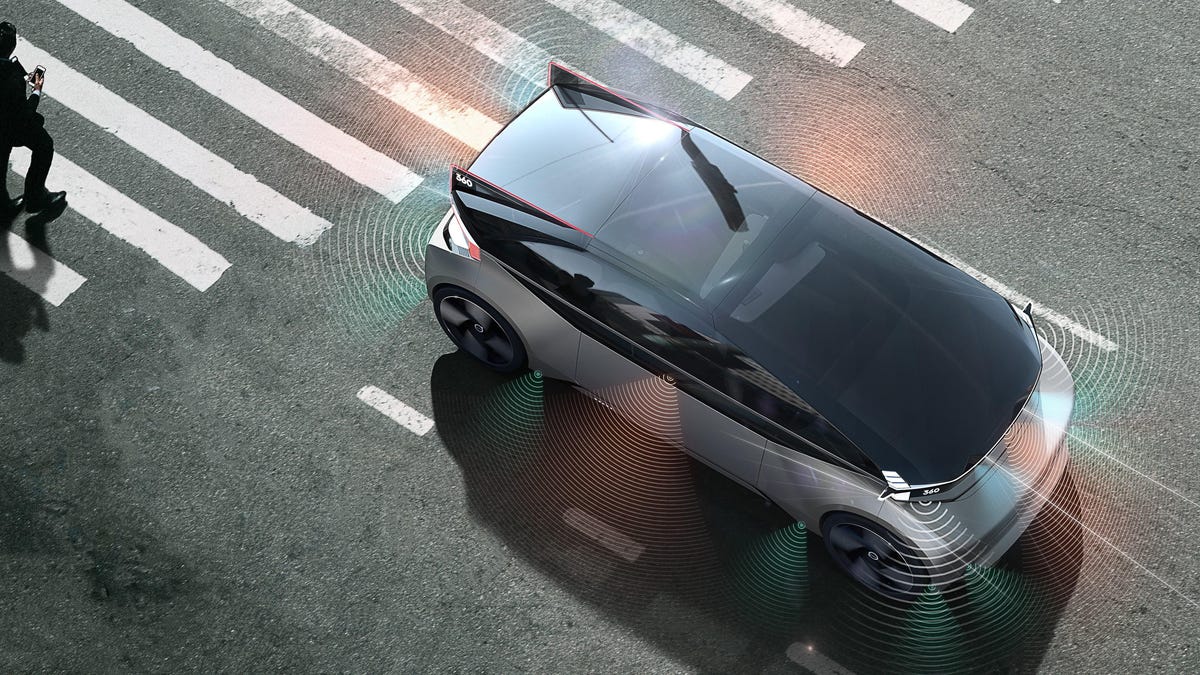Volvo and Nvidia partner to bring next-generation ADAS to market by 2020
Volvo will adopt Nvidia's Drive AGX Xavier AI computing system to power future self-driving ADAS.

Volvo currently has a solid suite of advanced driver assistance systems in its vehicles, but because Volvo has long been a company driven primarily by safety, it's keeping an eye on the future by working on next-generation systems that will bring it closer to self-driving cars . To that end, on Wednesday, the company announced it has selected Nvidia 's Drive AGX Xavier architecture as the backbone of that next-generation autonomous tech.
Why would Volvo go outside its own engineering department for something like an ADAS computer? The answer is simple: cost. First, developing tech in-house is incredibly expensive and time consuming. It's similar to the reasons why many manufacturers go to suppliers like Brembo when they want high-performance brakes rather than designing their own. They find an industry leader and an outside supplier to save money and time.
Nvidia CEO Jensen Huang and Volvo boss Håkan Samuelsson are working to improve the Swedish automaker's future self-driving efforts.
"A successful launch of autonomous drive will require an enormous amount of computing power, as well as constant advances in artificial intelligence," said Håkan Samuelsson, president and chief executive of Volvo Cars, in a statement. "Our agreement with Nvidia is an important piece of that puzzle and helps us to safely introduce fully autonomous Volvo cars to our customers."
Next, Nvidia has emerged as a leader in providing processing power for self-driving car tech. It uses the same technology that it puts into its computer graphical processing units to crunch numbers much more efficiently than a CPU could. The goal? To reduce power draw and to shrink the physical footprint of the computer inside a vehicle.
"Autopilot done right will bring a jump in safety and driving comfort. Your car will drive you and constantly watch out for you. Making this possible will require sensor architecture, AI software, computing and safety technology like nothing the world has ever made," said Jensen Huang, founder and CEO of Nvidia, in a statement. "As a world leader in safety technology and innovation, Volvo understands there is a direct connection between safety, comfort and the computing capability inside the vehicle."
Volvo expects the first of its vehicles utilizing this new Nvidia hardware to hit showrooms as soon as 2020.

